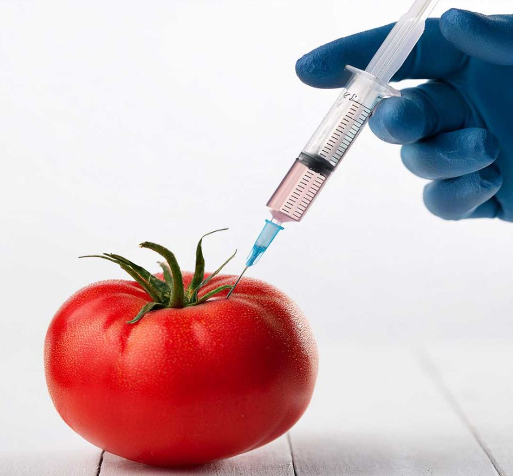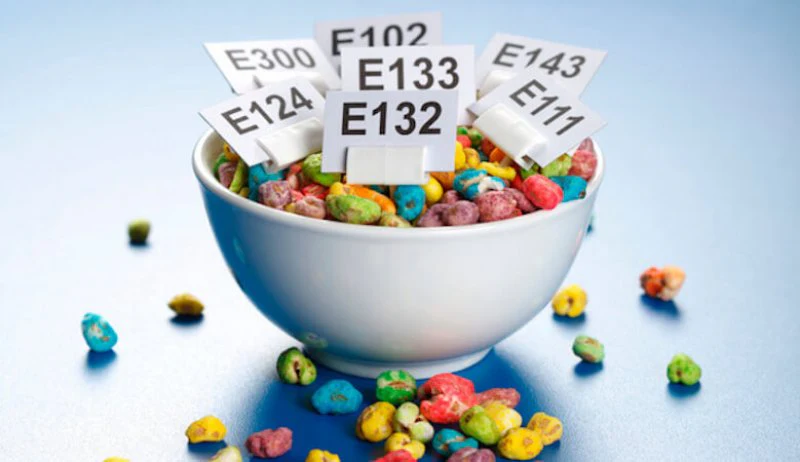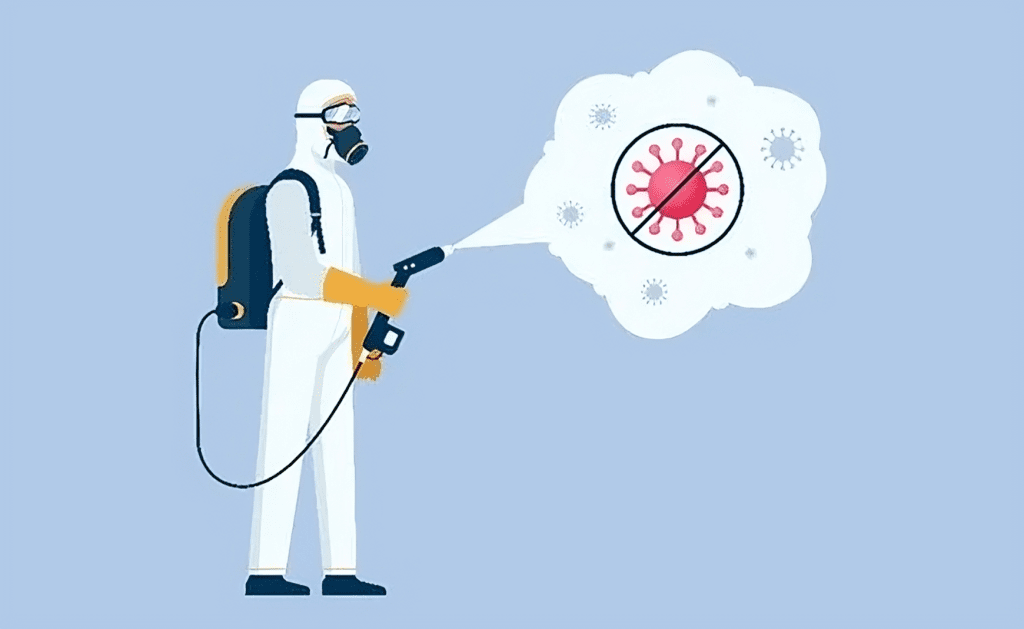Food allergies have surged in recent years, leaving many of us asking a vital question: are we allergic to the food itself, or are we reacting to the additives, preservatives, and modifications introduced during production? As food systems have modernized, we’ve seen the rise of genetically modified organisms (GMOs), chemical preservatives, and artificial additives that were once non-existent. This transformation has prompted concerns about whether these changes are contributing to the alarming increase in food allergies.
The Growing Prevalence of Food Allergies

Food allergies involve an abnormal immune response to certain proteins found in foods. For individuals with these allergies, even a trace amount of a food allergen can lead to a cascade of symptoms, ranging from mild itching to life-threatening anaphylaxis. In recent decades, the prevalence of food allergies, particularly in children, has skyrocketed.
According to the Centers for Disease Control and Prevention (CDC), food allergies in children increased by 50% between 1997 and 2011. Common allergens include peanuts, tree nuts, milk, eggs, wheat, soy, fish, and shellfish. But why are allergies becoming so widespread? Is it just the food itself, or could it be the way our food is produced?
What Are GMOs and Why Are They Controversial?
Genetically modified organisms (GMOs) have sparked significant debate in the food industry. GMOs involve the genetic alteration of plants, animals, or microorganisms in laboratories to enhance desirable traits, such as pest resistance or increased nutritional value. Since their introduction in the mid-1990s, GMOs have become widespread in food production, particularly in crops like corn, soybeans, and canola.
Many argue that GMOs are a scientific breakthrough, improving crop yields and feeding a growing global population. However, the genetic modifications introduce new proteins into foods—raising concerns about their potential to trigger allergic reactions.
Could GMOs Be Linked to the Rise in Allergies?
While there is no definitive evidence directly linking GMOs to food allergies, there have been some troubling findings. For example, genetically modified Bt corn, which produces a pesticide to combat pests, was found to cause immune responses in animal studies. Additionally, a genetically modified soybean in the 1990s contained Brazil nut proteins, triggering allergic reactions in people sensitive to Brazil nuts. Although this product was eventually shelved, it raised alarms about the potential allergenicity of other GMOs.
Regulatory agencies like the FDA and EFSA conduct rigorous assessments of new GMOs to test for potential allergens. However, the long-term effects of widespread GMO consumption remain largely unknown, leading to continued debate about their role in rising food allergy rates.
Processed Foods: The Hidden Allergens We Overlook
Beyond GMOs, the highly processed nature of modern foods might also be contributing to the spike in food allergies. Processing introduces artificial additives, preservatives, and other chemicals that were never a part of our ancestors’ diets.
1. Artificial Preservatives and Additives

Chemicals like sodium benzoate, nitrates, and sulfites are common preservatives used to extend shelf life, but some individuals may experience allergic reactions or sensitivities to these compounds. Likewise, artificial food dyes, such as Yellow #5 (tartrazine), have been linked to allergic-like symptoms, particularly in children.
2. Emulsifiers and Thickeners
Processed foods often contain emulsifiers like carrageenan and guar gum to improve texture. Some research suggests these additives can irritate the gut lining and contribute to inflammation, potentially worsening food sensitivities or allergies.
3. Cross-Contamination Risks
In industrial food production, cross-contamination is another issue. Foods labeled as “nut-free,” for instance, may still contain trace amounts of allergens due to shared equipment or processing lines. This makes it difficult for individuals with severe allergies to avoid accidental exposure.
The Hygiene Hypothesis: Are We Too Clean for Our Own Good?
Another theory put forward to explain the rise in food allergies is the hygiene hypothesis. This theory posits that as modern societies have become more sanitized, our immune systems are less exposed to the variety of bacteria, viruses, and parasites that once helped regulate immune function. Without these exposures, the immune system may overreact to otherwise harmless substances, such as food proteins.
Some scientists suggest that changes in our gut microbiome—a community of beneficial bacteria that play a crucial role in immunity—could be linked to the rise in allergies. Overuse of antibiotics, highly processed foods, and chemical additives could all disrupt the balance of bacteria in our digestive systems, making our immune systems more prone to allergic responses.
The Role of Pesticides and Chemicals in Food Allergies

Pesticides and herbicides, which are heavily used in conventional farming, may also contribute to the allergy epidemic. Glyphosate, the main ingredient in many herbicides, has been scrutinized for its potential health impacts, including possible effects on gut health. Some research suggests that glyphosate may disrupt the balance of gut bacteria, which could increase susceptibility to allergies.
Furthermore, long-term exposure to chemical residues through food and water could play a role in the development of food sensitivities. While regulatory agencies set limits on pesticide residues, cumulative exposure over time might be a factor worth considering when evaluating the rise in allergies.
Is It the Food, or What We’ve Done to It?
So, are we truly allergic to food itself, or to all the things we’ve added to it?
The answer isn’t black and white. While some individuals are inherently allergic to certain proteins found in common foods like nuts, milk, and eggs, the industrialization of food could very well be exacerbating the problem. The widespread use of GMOs, chemical additives, and extensive food processing methods has changed the way we consume and digest food, potentially triggering new sensitivities or intensifying existing allergies.

The rise of food allergies likely involves a combination of factors: genetic predispositions, environmental changes, and our evolving food systems. It’s not simply the food itself, but how modern production practices may be influencing our immune responses.
Conclusion: Navigating the Modern Food Landscape
Food allergies are a growing concern, and while we may never have all the answers, it’s clear that the way our food is produced plays a role. Whether it’s the introduction of GMOs, chemical additives, or increased pesticide use, these factors are changing the way we interact with our food and, in turn, how our bodies respond to it.
As consumers, staying informed about food production practices and making mindful choices about what we eat can help us navigate this increasingly complex food landscape. While we may not be able to eliminate all allergens, understanding what’s in our food and how it’s processed can empower us to make decisions that align with our health needs and reduce our risk of allergic reactions.


